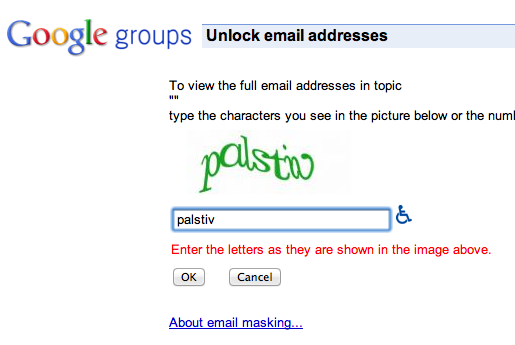Google Latitude UX adjustments
Tuesday, April 24th, 2012I use Google Latitude quite a bit with roughly three to four checkins a day. I remember when you could get free things at Arbys with a checkin – though, I never took advantage of that. Even the manager at our local Arbys had no idea it was available, nor did they have a way to track it in their Point of Sale system. Likewise, our local Walgreens didn’t know how to handle a coupon on a phone that they couldn’t collect, though, did offer to give the discount if we bought the product.
However, the one thing that is very annoying is the amount of data that must be transferred for a checkin. I run a T-Mobile phone on AT&T’s network which means I’m limited to 2G which maxes at 512kb/sec. A first checkin after a phone restart will take two or three minutes transferring data.
When I do a checkin, rather than wait for the fine GPS location, I should be presented with a screen using the coarse lookup with all of the checkins that I have been to. That first screen would usually have the place I’m checking into. Granted I could go to a different store or restaurant, 95% of the time, that first list is going to contain a very short list of the places I’m likely to check in to.
While that list is being presented and GPS is getting a better position lock, I could opt for the refresh once I see GPS has locked in, or, hit search. Hitting search while it is loading results takes me into Maps rather than searching checking locations, then I have to go to the location, click on it, then click checkin. Cumbersome on 3G speeds, irritating at 2G speeds.
However, once I have done that, the amount of data for a checkin must be incredible as it will normally take 10-15 seconds to get to the next page that shows the leaderboard. Even at 2G speeds, I can’t imagine how much data needs to be sent that ties up the phone that long. I can upload a 115k image in less time than it takes to get the leaderboard after checking in. I know it isn’t a lookup time problem as both the send/receive data indicators are solid during the leaderboard download.
It has made me seriously consider bringing in an unlocked HTC Desire Z from Canada so I could have a keyboard phone on AT&T. I tried TMobile for 47 hours and missed text messages and several phone calls even though I can see their antenna from my backyard.
Watching several apps, the amount of data transmitted is sometimes quite scary.



